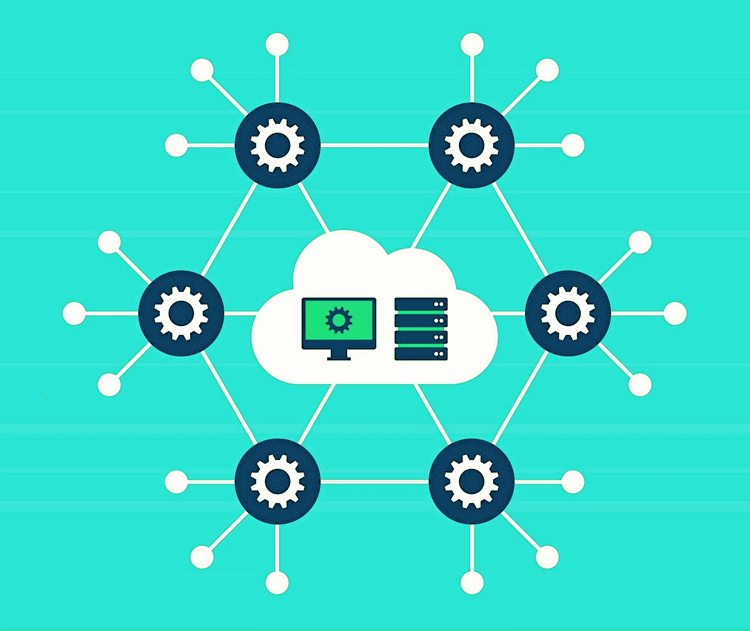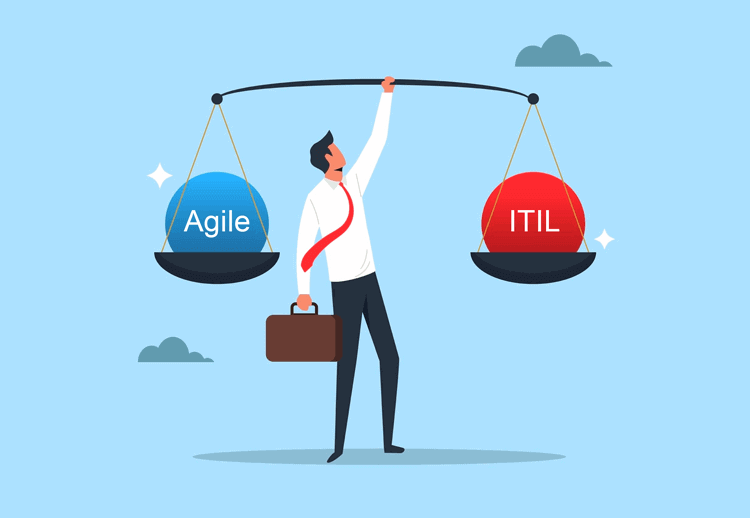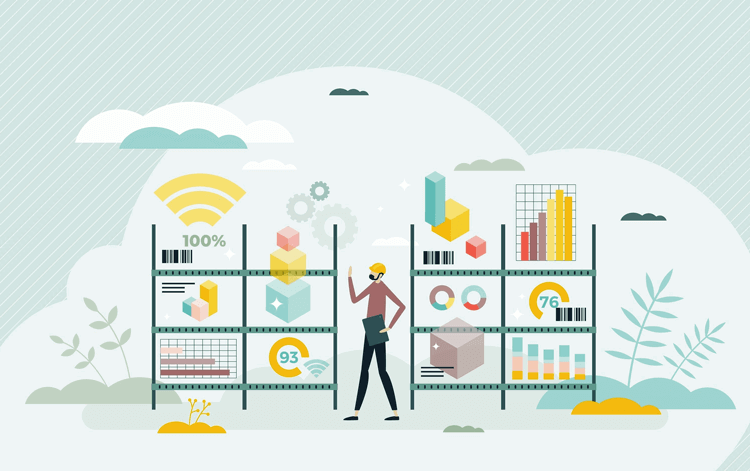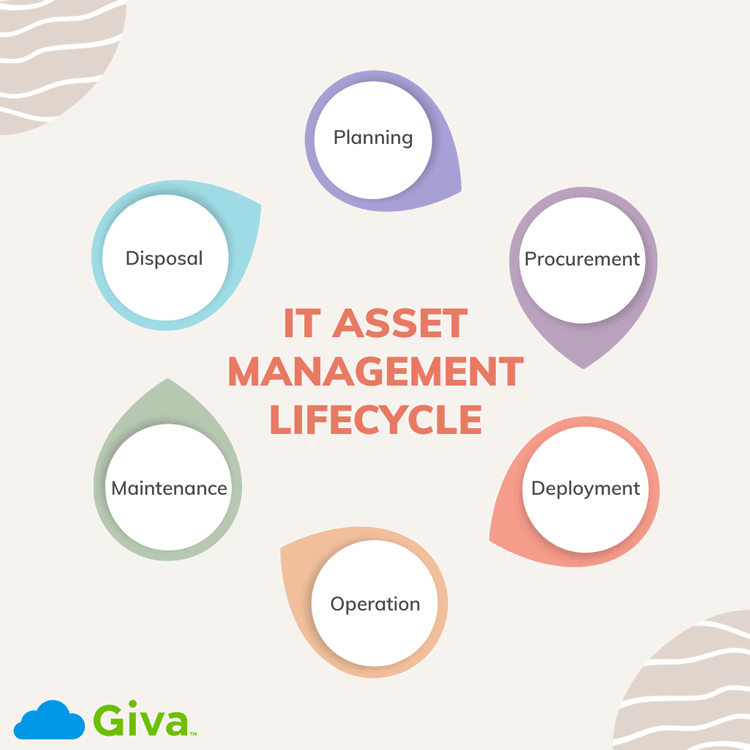What Is Edge Computing? Plus Benefits, Challenges and Examples
Edge computing, or edge cloud computing, is a new technology for communications and data processing connected to the cloud. More people are wondering what it is as it gains popularity. How does it work, and how does it compare to cloud computing? Everyone should know a few key traits of edge tech and its main applications today.

What Is Edge Computing Technology?
Edge computing technology is a decentralized approach that minimizes latency, strengthens security, simplifies scaling and more. There is no single official edge computing definition, but it generally involves processing data close to where it is collected rather than in the cloud. The information may still be stored in the cloud eventually, though. Understanding edge computing is the first step towards determining if it is right for your organization's uses and objectives.
For example, a robot could have a smart distance sensor that senses if it is about to walk into something. Edge computing lets the bot immediately process that sensor's data without sending it to the cloud or another server or device. This allows the robot to act on the information its sensors collect right away. After processing, it can be stored appropriately.
Edge Computing vs. Cloud Computing
Edge computing and cloud computing are distributed networking architectures, so it is easy to get them mixed up. The main difference in edge computing vs. cloud computing is where data processing occurs. With cloud computing, data is sent to the cloud first and processed there. Edge processing happens on or near the device where the information is collected and sent to the cloud.
At first glance, edge computing might seem like the more advantageous technology. Sometimes this is the case, but there are also situations where cloud computing would be the better option. Usually, cloud computing is ideal when a person or organization does not have much computing power. Rather than invest in servers or computers, the necessary resources can be outsourced to the cloud.
In contrast, edge computing requires some amount of on-site computing power. Both types can be used in the same environment, though. Edge computing typically includes some type of cloud infrastructure.
Edge Computing and Compliance
Edge computing can help users and organizations comply with important data privacy regulations like GDPR. However, edge computing has risks and requires security protections to ensure compliance.
On the one hand, decentralized methods like edge computing are often better for data privacy since they don't pool information in one big lake. Users can keep it on or near the device where the information is collected. This is in stark contrast to the typical approach of many large technology companies, especially social media giants like Facebook or Twitter. These companies gather and centralize large amounts of user details, diminishing privacy.
On a basic architectural level, edge computing is better for data privacy compliance than conventional centralized methods. It also allows information to be processed immediately and then encrypted or anonymized before being sent to a centralized server or data center.
However, edge computing can still have compliance risks depending on the overall infrastructure design. For example, smart grids and warehouses can extract information about individuals based on the data their activity creates. Likewise, unsecured edge computing devices can limit an entire network's cybersecurity and data.
Edge computing solutions and applications must be designed to leverage the added privacy of distributed computing. Otherwise, edge computing platforms may not fully comply with data privacy laws and regulations.
Edge Computing Examples and Application in the Real World
Edge computing technologies continue to grow in popularity and functionality, bringing valuable benefits to users and organizations. A recent CIO.com article states, "We've come a long way since the first wave of edge technology. Companies are now taking a more holistic view of their operations due to technological advances at the edge." Edge computing is a great way to utilize cloud storage while processing information quickly, securely and locally.
Here are some real-world edge computing examples.
-
Edge Technology in Healthcare
Edge computing perfectly complements IoT medical devices, especially with a privacy-first decentralized computing architecture. Edge technology enables medical IoT to be more responsive and benefit from low latency. This allows healthcare devices to respond to important sensor data more quickly, possibly saving lives.
Edge technology isn't just useful in hospitals, either. It can be utilized for outpatient and remote healthcare. As medical technology gets smarter and more capable, doctors can use tools like IoT and AI to improve treatment outside the hospital. This often relies on highly responsive, low-latency processing, which the edge can provide.
For example, a patient might have a faster, more comfortable recovery at home compared to a hospital stay. The doctor can give them an IoT smartwatch to wear while recovering. The watch can use edge computing to rapidly process sensor data, monitoring for signs of a medical emergency. Real-time monitoring enables it to automatically trigger an alert to first responders. As a result, doctors and patients can be less worried about the risks of recovering outside the hospital.
-
Self-Driving Vehicles Using Edge Computing
Fully autonomous cars are not yet a reality, but the technology has seen some exciting development over recent years. Some of today's vehicles have partial self-driving capabilities, such as autonomous parking or highway driving. Rapid, low-latency sensor responses are crucial for this technology to work and continue developing.
In many situations, sensor data in self-driving cars can be the difference between life and death. Even something as simple as stopping at a crosswalk could put someone in danger. The vehicle's sensors must detect a person crossing the road, process that data and act on it, all in the space of seconds.
Latency is critical here. Edge computing can deliver the speed and responsiveness needed to make self-driving cars safe on the road. Autonomous vehicles can't work with cloud computing or centralized computing models. Edge computing ensures sensor data can be processed quickly without transmitting reaction data long distances.
-
Cloud Gaming Processing on Local Edge Nodes
Cloud gaming is an emerging approach to video games that doesn't rely on consumers having powerful computing hardware. Instead, the processing power to run a game is handled with cloud computing while the output is streamed to the user's device. This allows people to play resource-intensive games without an expensive console or gaming PC.
Latency is a big issue in gaming. Lag can directly impact a player's performance and the outcome of games, so minimizing latency as much as possible is essential. At first glance, cloud computing should increase latency since players' button commands must be transmitted to a cloud server and all the game content and reactions must be returned.
However, cloud gaming companies use distributed, decentralized edge servers to keep computing closer to gamers without forcing individual players to purchase a special console. Game processing is offloaded to local edge nodes connected to larger cloud infrastructure where player and game data is stored.
Some big names in the entertainment industry already employ edge computing in gaming. For example, Riot Games uses edge computing for its massively popular multiplayer games, Valorant and League of Legends. The developer also runs nearly all its infrastructure in the cloud. Its strategy even holds up in fast-paced professional gaming tournaments.
-
Edge Computing Automated Manufacturing
Edge cloud computing has a lot of potential in the manufacturing industry. Modern manufacturing can benefit heavily from IoT, AI, robotics and the cloud, but it still requires low latency and responsive systems. Edge computing can deliver the speed needed for success in automation.
Decentralized edge computing is a good fit for the expansive network of devices it takes to run an automated manufacturing facility. Sending sensor data from hundreds or thousands of devices to the cloud for processing would require prohibitively high latency and lead to bandwidth bottlenecks.
Edge computing lets individual devices operate independently and with low latency, resulting in highly responsive automated systems. For example, a robot on an assembly line can use IoT smart sensors to monitor for people or objects obstructing its path. The sensors immediately detect when an employee accidentally steps too close, process that data and tell the robot to stop moving.
Edge Computing Benefits and Challenges
Edge computing is a great fit for many applications but has some benefits or advantages, and challenges or disadvantages. These are worth considering before adopting edge technology or cloud computing.
Benefits/Advantages
- Low latency is one of the top features of edge computing. It's fast, especially compared to conventional cloud computing. The distributed nature can make it more secure and help with data privacy compliance.
- Edge nodes are somewhat isolated and process their own data, so less sensitive information is collected. The decentralization of edge computing makes it more secure since hacking into one node does not automatically grant access to others.
- Edge computing is also easier to scale than some other computing models. Scaling up or down is often as simple as adding or removing nodes. Nodes' modular, independent nature also makes edge computing applications viable in remote areas where connectivity to the cloud or other devices could involve high latency.
Challenges/Disadvantages
- The main difficulties of edge computing are related to the technology's complexity. For example, a highly distributed computing environment can be more challenging to manage and monitor than a centralized architecture. Additionally, it can be challenging to track the distributed data processed and transmitted by edge devices.
- Edge computing is theoretically a secure computing model, but it does rely on some amount of cybersecurity for individual nodes or devices. Failing to secure edge devices can leave the data they process vulnerable to attack. Those without adequate cybersecurity knowledge or experience may find securing a large network of devices challenging.
- Additionally, edge computing requires more hardware than other models, such as cloud computing. Users need some storage and computing resources available or nearby. Proximity to a node or device can impact how effective edge computing is in a given application.
Discovering Edge Computing Technology
Edge computing is a new data collection, processing and storage approach that minimizes latency and keeps information close to the source. Additional features include security benefits, data privacy compliance and easy scaling. Edge computing is a great fit for entertainment, healthcare and manufacturing data processing applications.





